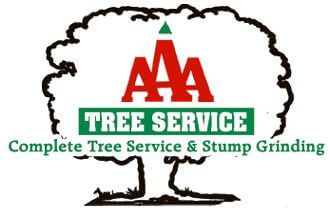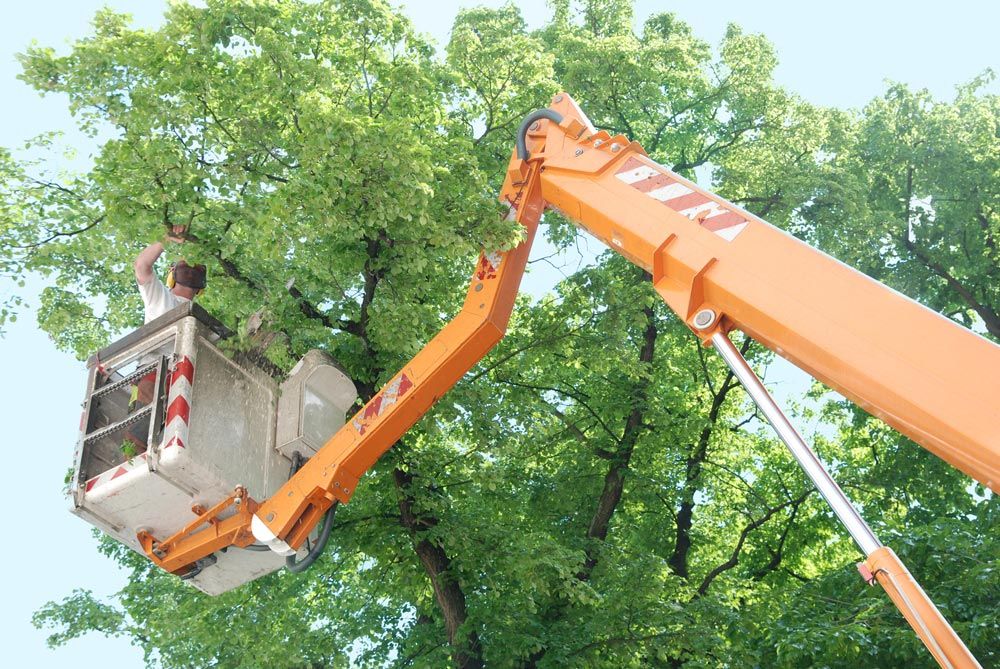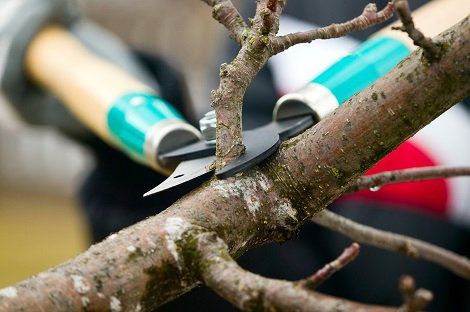Roles Your Tree Can Play in Regenerative Landscape Design
Regenerative landscape design marries the landscaping in your yard with eco-friendly principles like water quality preservation, energy use reduction, and erosion control. As the largest type of greenery in your landscape, a tree can be a force for good for both your yard and the environment in general.
Here are some of the different distinct roles a tree can play in regenerative landscape design.
1. Erosion Control
Erosion can not only remove some of the valuable top layer of soil, but the process also contributes to water pollution when soil gets into stormwater runoff.
Trees are great at erosion control because they develop a lot of roots quite close to the top of the soil. A network of tiny, fibrous roots can actually grab onto the soil, holding it together and providing it more structure so that it's less vulnerable to erosive forces such as wind and rain.
2. Soil Building
While many types of landscaping plants can help with carbon sequestration to build soil and clean the air, trees are uniquely adept at it. While a lawn may sequester up to 127.1 grams of carbon per square meter per year, a fully-grown tree may absorb up to 48 pounds in that time. That's about 21,772.4 grams or over 171 times as much carbon as a square meter of lawn can sequester.
Even a less established tree may sequester 13 pounds of carbon per year, but an older tree is much more effective. This is one reason why tree preservation services to keep old trees healthy are so important.
Another way trees can support building better soil is by providing organic material in the form of dropped leaves or needles. These leaves or needles eventually break down and provide further material to build the soil.
3. Resource Production
One of the great things about regenerative landscaping is that it's not just about making your yard look good. It's about making your yard more eco-friendly and more functional in as many ways as possible. Trees can provide valuable resources, such as firewood and even edible fruits. These resources can be more ecofriendly since you grew them right in your backyard.
If you do decide to grow a fruit or nut tree intended for production, be sure to discuss proper pruning schedules and strategies with your tree contractor. If they know you're planning to use the tree for fruit, they can use the optimal pruning techniques to encourage healthy fruit development.
4. Wildlife Food and Habitat
Trees can also excel at providing shelter and food for wildlife. Keep in mind that the value of a tree for wildlife food and habitat can depend greatly on the variety of tree and on where you live. A tree that's native, meaning it's adapted to the needs of your local wildlife, can be much more effective here.
For example, a non-native tree such as a Ginkgo Biloba may only feed a few types of insects (5 types of caterpillars in the case of Ginkgo). When you compare the 550 species of caterpillar that an Oak tree in its native range can support, you can see how native tree selections are superior for biodiversity. Caterpillars can feed other wildlife, such as native birds.
Your tree care professionals can help you choose native trees for new plantings and provide removal services if you decide to replace any of your non-native trees with natives.
5. Stormwater Management
Trees can help with stormwater management in a variety of ways. For example, a water-loving tree can help to suck up excess water in a marshy area of your yard that doesn't drain well after a storm. And tree roots even help the soil to absorb rainwater better, reducing runoff amounts.
As you can see, a tree can be a big player in the game of regenerative landscape design. Each tree in your yard is worth caring for and preserving. To learn more about the roles your tree can play in a landscape and which tree care and tree preservation services you may need, get in touch with your local tree care professionals.


